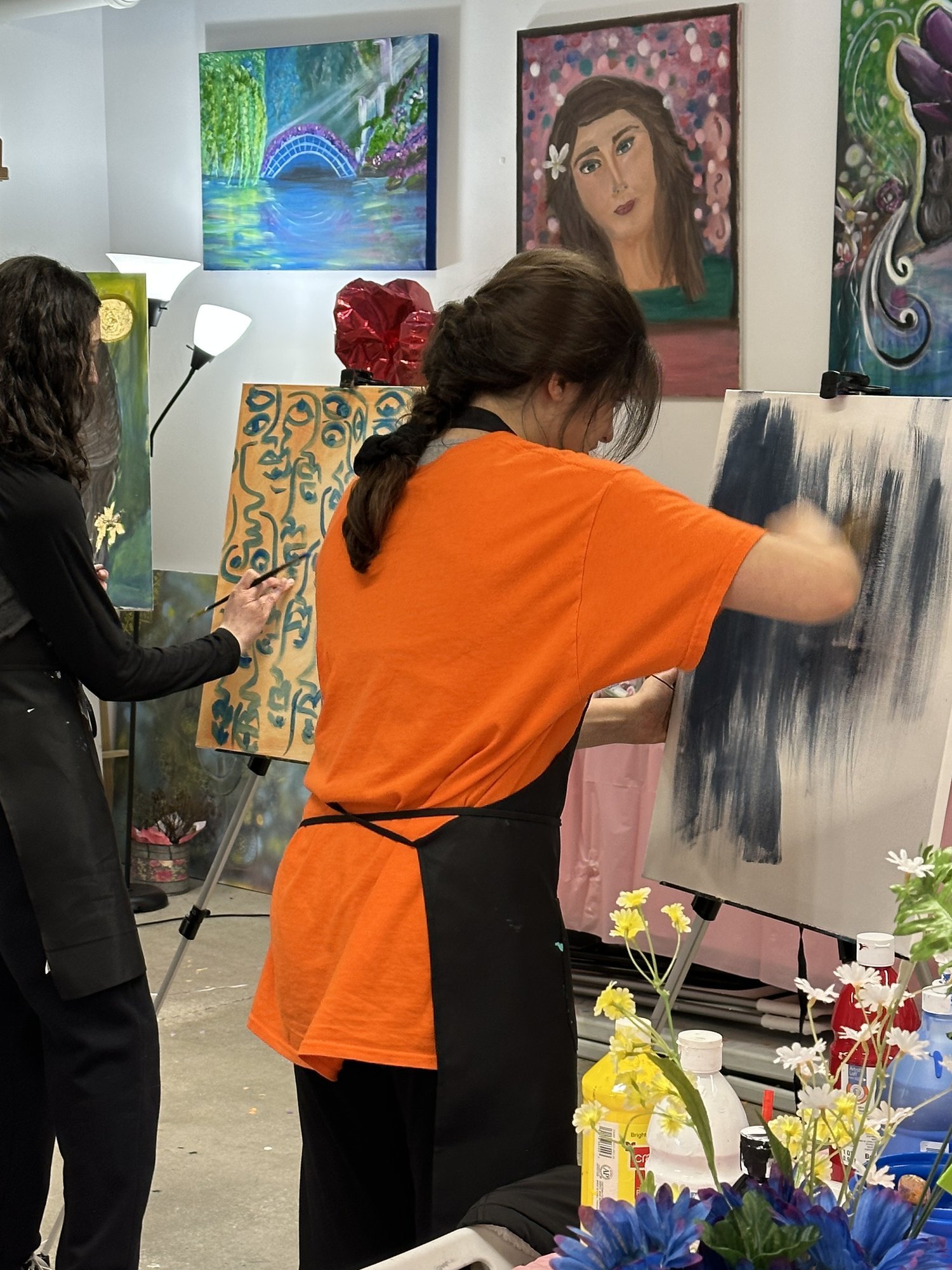The Intersection of Art and Therapy: Exploring the Science Behind Art Therapy
Since the beginning of time, art has always held a mysterious allure. Whether it's ancient cave paintings that tell tales of ancient civilizations, or breathtaking artworks in today's galleries; art is woven into our culture.
While art is mainly admired for its beauty and the emotions it provokes, its therapeutic potential has gained significant attention in recent years. Therapists and researchers have been trying to dig deep into the correlation between art and the human brain in order to understand how art can contribute to mental and emotional healing.
How Art Affects The Human Brain
“Art enables us to find ourselves and lose ourselves at the same time." - Thomas Merton.
The process of creating art has effects on both the body and the mind, that’s why it can be used for therapeutic purposes. Creating art, or being creative in general, allows individuals to stay in touch with themselves and imagine new ways to communicate with the world around them. Here’s how art can be beneficial:
Processing Emotions
Connecting with art can help people deal with anxiety and build coping skills. Through art, you are able to express your feelings and memories in a way that cannot be expressed with words. The artmaking process can be a cathartic experience that provides a sense of relief.
2. Enhancing Concentration
Engaging in art enables individuals to experience a "flow state”, a state in which they are in the zone, so they lose track of time and themselves. The act of creating art enhances presence, triggering several cognitive networks such as a tranquil reflective state, concentrated attention, and a sense of enjoyment.
3. Reducing Stress
The process of creating art has been observed to lower cortisol levels, benefiting both individuals with artistic inclinations and those without. This suggests that regardless of skill level, everyone can experience the stress-relieving benefits of artistic expression.
Unveiling the Correlation Between Art and Neuroscience
Aside from all that, art also promotes neuroplasticity in the brain for patients recovering from traumatic brain injuries or strokes.
In research led by Professor Semir Zeki an expert in neuroaesthetics at University College London, people underwent brain scans while being shown paintings by major artists.
The study revealed that when participants looked at art they thought was exceptionally beautiful, blood flow to the brain region linked with pleasure increased by 10%, which is the equivalent of looking at a loved one.
Beyond Creation: The Healing Power of Art Observation on Mental Health
It is evident based on the preceding study that the impact on the brain is not limited to art creation but extends to the mere act of observing it as well.
According to the Norwegian study called "HUNT study" conducted on 8200 adolescents, cultural activities are linked to mental health as well as life satisfaction. Scientists discovered a connection between cultural engagements, such as visits to art museums and galleries, and improved health outcomes, along with reduced occurrences of depression and anxiety.
But this does not stop here, researchers also found that the more people attended arts and cultural events, the results became even more dramatic. This demonstrates that these cultural events and art galleries have a strong impact on mental health.
And to further support this theory, an Italian study discovered that attending arts and culture events was the second-best predictor of life satisfaction.
In addition to all of that, observing art can also reduce stress and heal patients.
The Transformative Power of Art Therapy for Veterans
Undoubtedly, art therapy holds potential benefits for individuals across all age groups, including adults suffering from emotional, cognitive, or physical challenges. It targets people facing diverse mental illnesses, including Post-traumatic Stress Disorder (PTSD). Among those particularly susceptible to this disorder are Veterans.
In most cases, veterans return home with severe psychological or medical conditions and sometimes these issues can escalate into chronic disorders that disrupt both their relationships with others and their own well-being.
Art therapy can serve as an effective treatment for Veterans undergoing psychiatric care for conditions like PTSD and other emotional challenges. It can be used either alongside other therapies or as a standalone form of individual or group psychotherapy.
How Can Art Therapy Help Veterans with PTSD?
Art therapy offers a range of benefits for Veterans, particularly those returning with mental health concerns. It serves as a therapeutic outlet for expressing emotions and concerns, alleviating depression and anxiety, and enhancing reality orientation.
For Veterans struggling with PTSD, art therapy is used to reduce severe symptoms, facilitate the expression and resolution of painful memories, and foster stress reduction through art-based relaxation techniques and coping skills.
In particular, art therapy aids military personnel with PTSD in reducing anxiety and mood disorders, addressing behaviors that disrupt emotional and cognitive functioning, resolving traumatic memories, and rekindling positive emotions, self-worth, and self-esteem.




